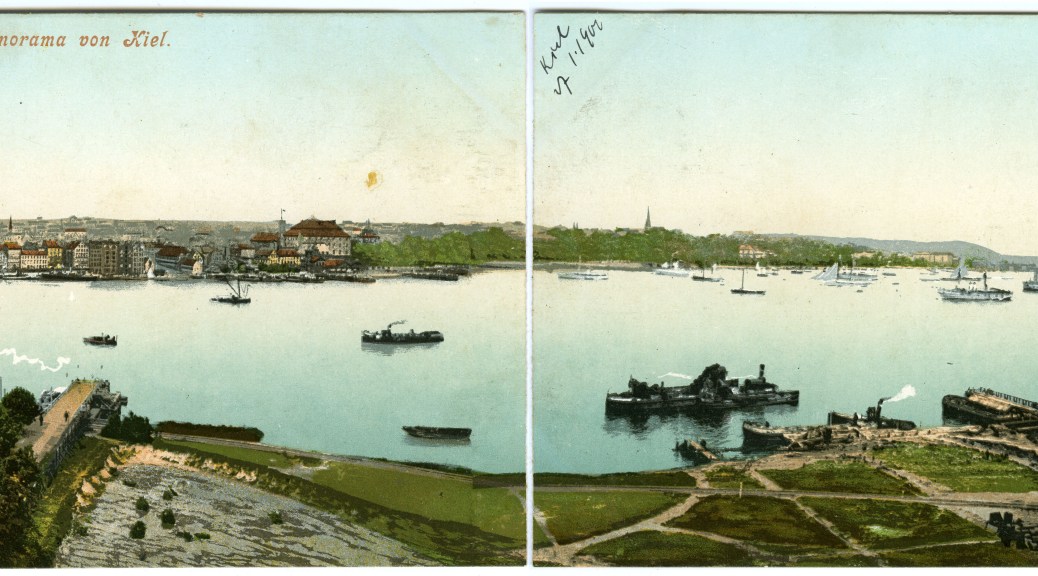View of Mumbai, from http://www.worldpopulationstatistics.com
How far did they fly? …not very far at all, because they rose from one great city, fell to another. The distance between cities is always small; a villager, traveling a hundred miles to town, traverses emptier, darker, more terrifying space.” (Salman Rushdie The Satanic Verses p. 41)
Compelling recent work from folks at the Santa Fe Institute suggests that both modern and ancient cities follow similar growth patterns. As cities grow, and if they are regular in layout, it becomes easier to add roads, add parks, add public buildings. You no longer need to invest large amounts to build the infrastructure. It’s easier to add length on to existing roads than it is to create a new road altogether. This phenomenon is knows as increasing economies of scale. Bettencourt found that in modern cities, infrastructure and public spaces both scale to the population at an exponent of between 2/3 and 5/6. Ortman et al. found that the same exponent works to explain population growth and infrastructure in the prehispanic Valley of Mexico.
Okay, what does this mean? Ortman suggests that principals of human habitation are highly general, and that there may be an inherent process to settlement. What’s remarkable in this study is how parallel the growth processes are between ancient and modern cities. Would a modern Saladin Chamcha feel as at home not only in modern Mumbai and London, but also in medieval London or classic Teotihuacan? Is the distance between cities truly small, as Rushdie (via Chamcha’s character) suggests?
Maybe so. Cities, both teams argue, are social reactors. Cities amplify social interaction opportunities. We may expect that things like the number of patents awarded for new inventions would scale linearly with growth, but this isn’t so. It turns out that the number of patents scales superlinearly as do other measures of modern output. With more density comes more creativity.
Infrastructure scales sublinearly, and output scales superlinearly. The larger the city, the less has to be spent to create more infrastructure. The larger the city, the more we can expect to have more intellectual output, like increasing quantities patents.
And, to say it again, this is not true just of modern cities, but prehistoric ones as well.
This brings us to the question of GDP and new growth economics. It turns out that just measuring labor and output does not calculate GDP, but there is an additional, unknown factor, which economists call the A factor. That factor is knowledge. This superlinearity of output in cities, of things like invention and patents, is this that extra A-factor and do we see it rise superlinearly due to the density of networks in cities? And can we truly see prehistory and moderninty working in similar ways? It turns out it’s really difficult to measure the A-factor (economists have been trying for a while), but maybe we’re seeing the effects here.
Ortman et al. argue:
“all human settlements function in essentially the same way by manifesting strongly-interacting social networks in space, and that relative economies and returns to scale (elasticities in the language of economics) emerge from interactions among individuals within settlements as opposed to specific technological, political or economic factors” (Ortman et al. 2014, p. 7).
While Saladin Chamcha might not have been able to communicate with inhabitants in Teotihuacan, he would have felt at home. The city would have held similar structures to 1980s London—he could find a center, a market, a worship space, and those things would have scaled to the size of the population. As humans we build things in similar ways. Bettencourt and Ortman’s work is compelling and causes us to think about how our brains function, how we establish social networks, and what common processes there might be across humanity, both spatially and temporally.
To read Ortman et al.’s work, see this link in PLoS ONE
To see Bettencourt’s work, see this link in Science


